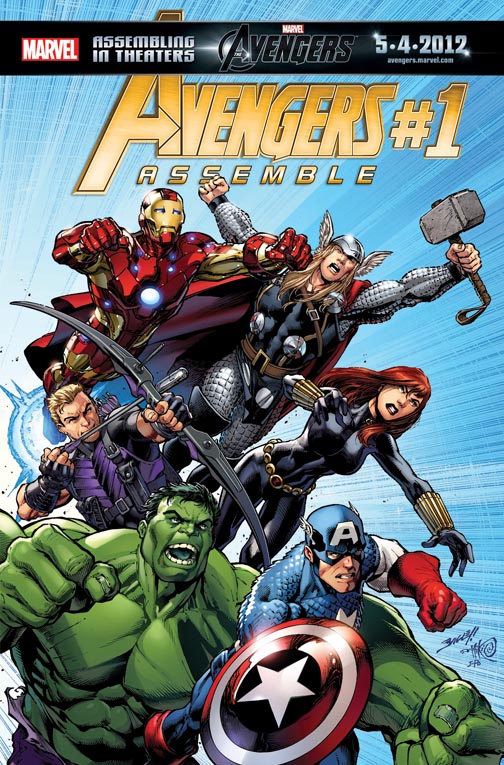I remember travelling weekly, without fail, to the little bookstall a few kilometres away from home to get my hands on the latest copies of ‘The Amazing Spiderman’ and ‘X-Men’. These comic books comprised a large chunk of my childhood dreams and beliefs. Today, however, my passion for comics just doesn’t add up to the craze that it once was. Most of us have grown up reading about the Belgian reporter Tintin or the shrewd Asterix and Obelix. These comics have been enjoyed through generations and have even held their own against the rise of new-age superheroes. Today, however, they are politely being sidelined for other entertainment mediums that are fast emerging by the day.
Technology Playing the Villain?
The decline of the sale of hard copy comics and graphic novels can greatly be attributed to the advancement of technology. The youth of today would rather ‘see’ Batman use his gadgets up close and personal than read about him on what they feel are flat, lifeless pages. Most people prefer to watch a moving film with a structured plot that kindles all the viewer’s senses rather than reading a comic book, which tends ‘to be continued’ and no longer lends to the element of surprise, but rather, impatience. The astounding visuals and the peripheral elements of the movie are more of a crowd puller than the actual graphic novels.
Further, digital versions of comic books are now easily available online. These digital versions are always interactive and allow readers to hear a voice-over, allowing comics to reach their viewers through sight as well as sound. Comic books that ‘come alive’ are more in demand now.
When Comics Come to Life
Marvel Comics has made a fortune over the years, particularly through their Spiderman and X-Men franchises. People who have seen ‘The Dark Knight’ may not fall back on the comic series anymore. Roping in known celebrities like Hugh Jackman (Wolverine), Robert Downey Jr (Iron Man) and Scarlett Johansson (Black Widow) increases the appeal of the movie, drawing in tremendous public approval.
Aalok Joshi, with a collection of over 10,000 graphic novels so far, believes that there isn’t much of a difference between comics and movies. “A film has live action scenes played in succession on screen, while a comic has panels with images. There’s not much of a difference except that with a comic, you control the speed of intake of material versus watching movies in a theatre. The movies make moviegoers want to read comic books. I guess it works the other way around too, people reading comics will be inspired to go and catch the movies that are based on them.”
The position of Graphic Novels Today
So, the debate arises, are comic books actually on their way out for good? Or are there really people out there who would kill to lay their hands on a physical copy of a graphic novel?’
For Ankit Miglani who is an avid collector of graphic novels, the experience of reading a graphic novel is irreplaceable. “The underlying layers of characters really come through the same way as they would when one reads a novel. Besides, most of the graphic novels today apply a lot of the scientific laws of physics. So it’s very realistic because they stick to these principles. I still buy hard copies. Compared to the movie experience, I still prefer the feel of flipping through the pages of a comic book,” says Miglani.
Joshi says that though he prefers his comics as physical, tangible paper, digital issues cater to those people who are comfortable with reading on a device, while paper is still there to cater to the rest.
Miglani, who tries to make it a point to add to his collection during his travels says, “I feel that the structure of graphic novel collections will change in the near future. That’s because even at this point in time, comics are digitised and are easily accessible on tablets, phones or laptops. People even buy CDs of graphic novels nowadays. It has become much easier to store and preserve them this way.”
“My interest in comics began as soon as I could read” says Miglani who can’t pinpoint his favourite genre to date. He says, “Graphic novels reflect a wide spectrum of moods that range from the comedy to the super hero genre and beyond. So choosing what to read all really depends on my mood.”
And in India?
Many of us still remember the famous ‘Amar Chitra Katha’ series or the ‘Tinkle’ comics that we grew up with as children. The late Anant Pai, creator of our childhood friends Tantri the Mantri, Shikari Shambu or Kapish the monkey, can take a large slice of the cake with regards to the position of comics in India today. Beginning in 1967, Pai began a long and successful career, first spawning the ACK series in Kannada and then in English and soon after, giving birth to the Tinkle series.
To cater to the needs of comic lovers, comic conventions are held in different parts of the world. To the members of the Indian Comic Con, comics aren’t just entertainment; they are almost a way of life. Die-hard comic fans are dedicated to the promotion of comics of the graphic art medium as well as supporting aspiring artists, illustrators and writers in the medium. Having already held their first annual comic convention in 2011, the 2nd one is already going full swing with The Comic Con Express expected to take place in Bengaluru on September 8th and 9th this year, and the Mumbai Film & Comics Convention taking place on October 20, 2012.
In Mumbai, the Leaping Windows cafe, besides being a café, is also a library purely meant for comics and graphic novels. “There is no exclusive library for comics or manga in India. By starting Leaping Windows, I hope to cater to comic lovers who can relax and read these comics at the same time,” says Utsa Shome, one of the founders of Leaping Windows. “I’m completely in favour of comics being converted into films because it is a re-telling of its story. It provides an impetus towards reading of the comics themselves.”
Ghatkhopar too has its own Heroes Cafe, a superhero theme-based restaurant. Superheroes have been hand painted across the walls and each table is named and designed after a superhero. There’s a Superman table that is red and blue in colour with yellow pillows. Fans of Spiderman, the Hulk and Batwoman will also find their respective places here.
Another trend in India is launching a comic book parallel to the Bollywood movie. Shah Rukh Khan used this strategy well by creating a graphic novel of his ‘Ra.One’. Saif Ali Khan has also launched a comic book of his movie ‘Agent Vinod’. However, these launches are more of a publicity tool rather than an attempt to recreate the magic of a comic. “Out of respect for graphic novels, I didn’t want it to just be a marketing tool the way most Bollywood productions look at comics, but a medium that would add a new dimension to the movie,” writes Saif Ali Khan in his foreword to The Jungfrau Encounter, the graphic novel based on his ‘Agent Vinod’.” It is riveting and entertaining, and is the perfect crossbreed between the over-the-top Bollywood hero and the suave James Bond.
In India, Liquid Comics in collaboration with Graphic India tells stories through graphic novels to engage global audiences. They also launched their content over digital platforms such as the iPad and Sony eReader.
Finally, superheroes need to pull their socks up if they are to inevitably face being outsmarted by technology, the new villains of the day.
Volume 2 Issue 1






























